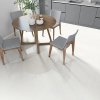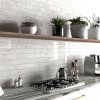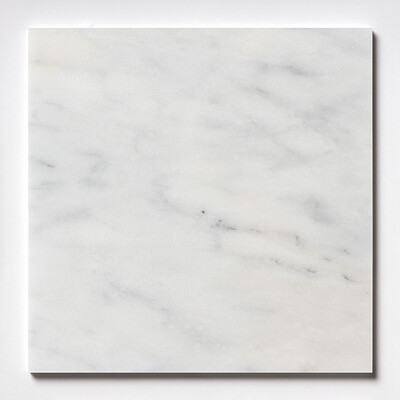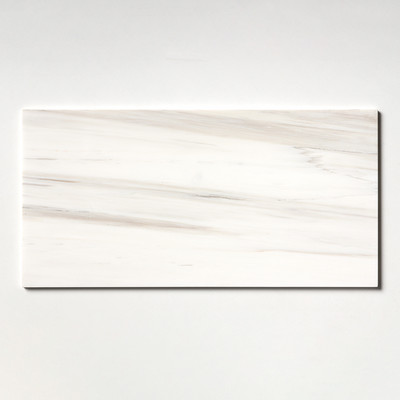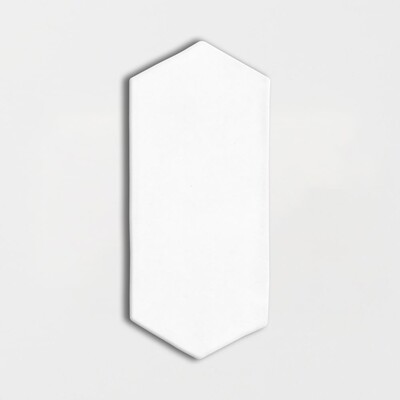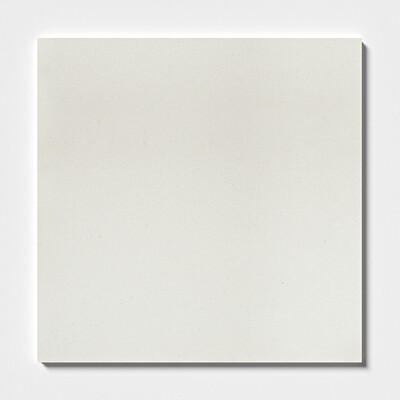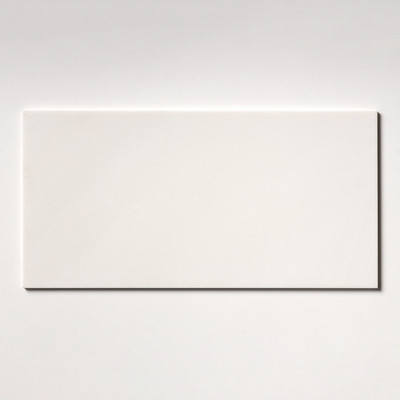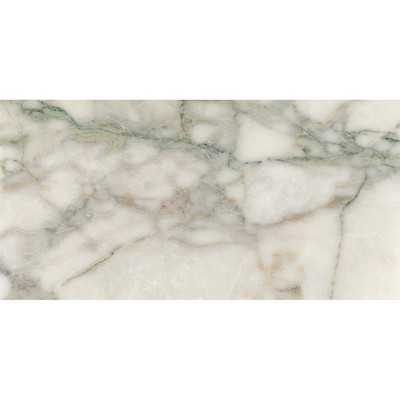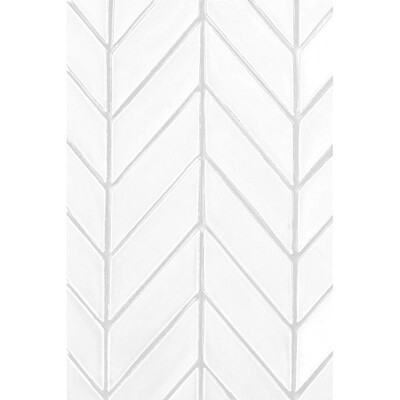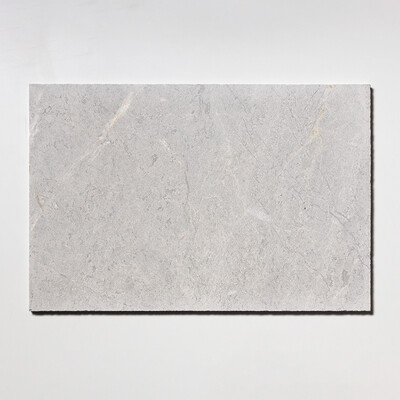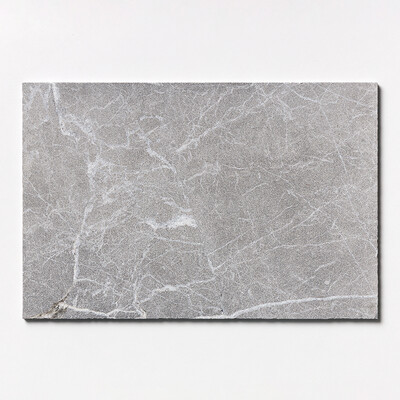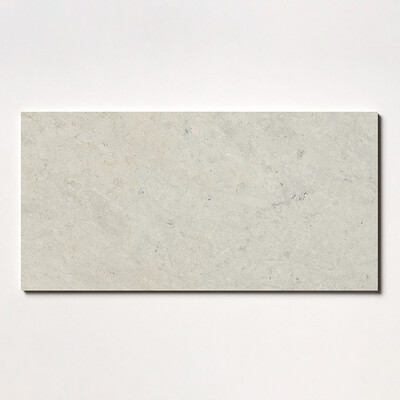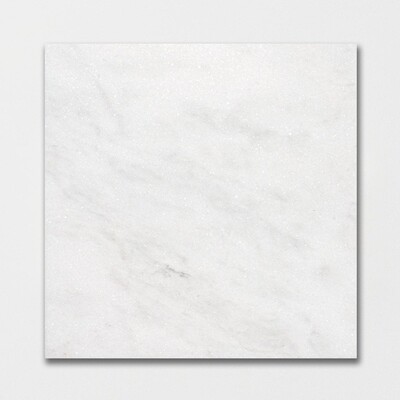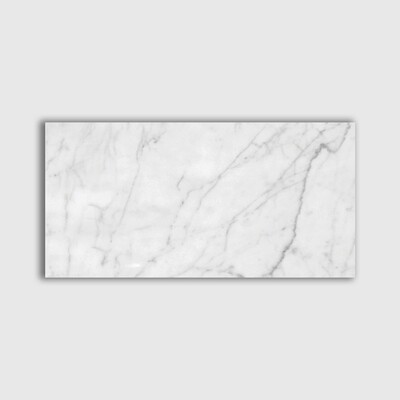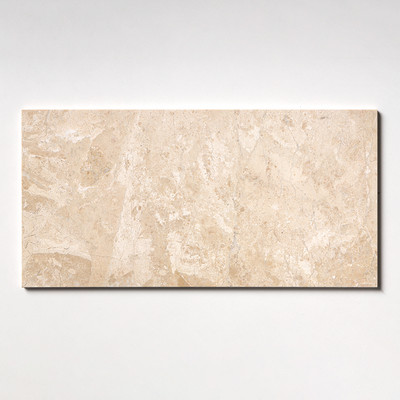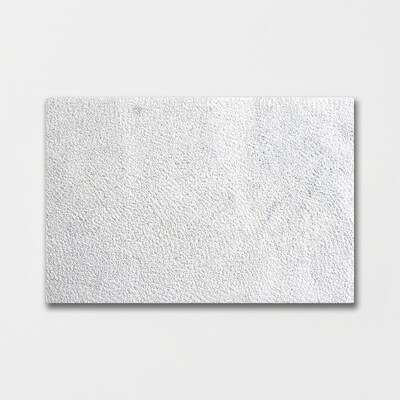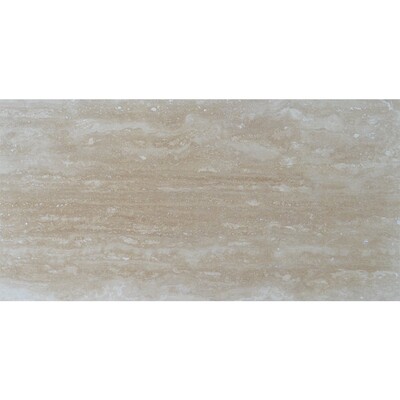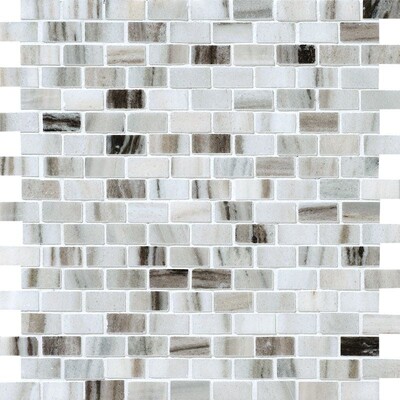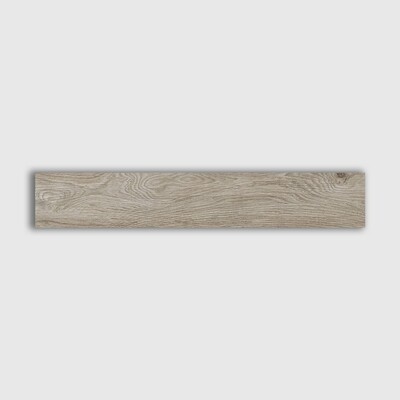2117 Products Found.
It's fairly easy to clean and maintain kitchen floor tiles. To keep kitchen floor tiles clean, sweep or vacuum your floors a couple of times a week. Next combine warm water, and a gentle soap cleanser and clean floors with a rag material mop.
The installation process for kitchen tile may vary based on the type of tile selected, and the type of installation project. We try to give you the best service by providing basic information where you can install the products in the product description pages, however for your specific kitchen tile projects, you should consult your contractors.
Kitchen floor tile installation usually involves, preparing the floor surface for tiling, planning the tile layout, mixing setting (thin-set) materials, laying the thin-set, laying the tile, grouting, cleaning the grout, and sealing the tiles for durability. This is not the only way and each tile project has its own difficulties, so for laying floor tiles in the kitchen, you need to consider consulting a professional.
There are several ways to cover unsightly or outdated tiles in the kitchen. The most popular options are painting over tiles, and using tile-patterned wall decals. We need to warn you about these options. They are risky and not long-lasting solutions. Please consult a professional interior designer or a contractor before doing this on your own otherwise it might be costly at the end of the day.
Porcelain and ceramic tiles are the most popular choices for kitchen walls and flooring. Porcelain and ceramic tiles are also more budget-friendly than natural stone options like marble and granite tile. Mosaic with textured or non-slip surface, ideal for wet areas such as kitchen backsplashes. Specifically for the kitchen backsplash, mosaic tiles are one of the best choices. Kitchen mosaic tiles are good choices for many homeowners, interior designers, and contractors to uplift the backsplash or kitchen floors.
The best tiles for kitchen floors are tiles that are moisture-resistant, durable, and able to withstand heavy traffic. Ceramic and porcelain tiles are usually the top choices for most homeowners, however, granite and marble tiles also make lovely options for kitchen flooring. Other than that, for kitchen floors, tiles will be the best and most durable option for sure compared to other types of floors such as laminate, vinyl, and hardwood floors. The type of tile depends on how the room will be used and how much traffic it will generate over time.
Like kitchen flooring, kitchen backsplash tiles are fairly easy to keep clean. There are tons of commercial cleaners for kitchen backsplash on the market, but you can also use homemade solutions. A mixture of baking soda, vinegar, warm water, and a few drops of gentle dish soap are all that’s needed to keep your backsplash grime-free. Use a soft cloth to wipe the backsplash a couple of times a week. You should be careful and we do not recommend you use this way for our all products. You should consult your contractor or American Cleaning Institute.
The best color of the tile to use in the kitchen is the color that helps create the desired look and feel of the room. Kitchen tile comes in hundreds of colors and patterns so the options are plentiful. Light colors can make rooms appear larger and more open, and dark colors can help add contrast to an otherwise neutral room.


